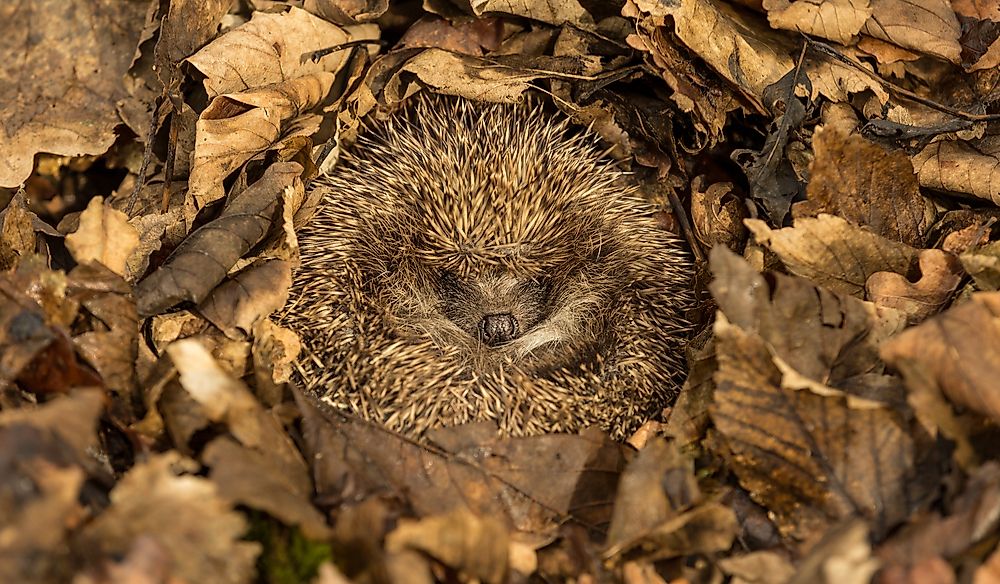Types of Animal Dormancy

Dormancy is a phase in the lifecycle of an organism when physical activities (in animals), development, and growth are halted temporarily. It is a period of reduced metabolic activity that is adopted by various organisms under strenuous conditions. Dormancy helps these organisms conserve energy. Most organisms synchronize their entry to the dormancy state with the environmental changes via consequential or predictive means. Consequential dormancy takes place when an organism enters the dormancy state after the harsh conditions have started. Predictive dormancy occurs when they enter the dormancy phase right before the unfavorable conditions begin. There are different types of dormancy including hibernation, diapause, aestivation, and brumation.
4. Hibernation
Hibernation is a phase of metabolic depression and inactivity in endotherms. Hibernation is characterized by a low metabolic rate, reduced heartbeat (by up to 95%), slow breathing, and low body temperature. Animals that hibernate prepare for this phase by building up a thick body fat layer during late summer and autumn that will provide them with energy when they hibernate in winter. There are two types of hibernation: obligate hibernation and facultative hibernation. Obligate hibernators can sleep regardless of access to food and ambient temperatures. Facultative hibernators hibernate when it’s too cold and food supply has reduced. Obligate hibernators include European hedgehogs, mouse lemurs, various ground squirrel species, and butterflies among others. Facultative hibernators include the black-tailed prairie dogs.
3. Diapause
Diapause is a phase of delayed development that is marked by lower metabolic activity in response to recurring periods of severe environmental conditions. It is a predictive tactic which is determined by the animal’s genotype. Diapause is observed in all the life stages of arthropods like insects, but it’s quite common during the immobile stages like eggs and pupae. About 130 species of mammals and various oviparous fish species experience embryonic diapauses. Embryonic diapause is characterized by delayed attachment of embryos to the uterus lining resulting in the young ones being born in spring.
2. Aestivation
Aestivation is a form of dormancy which is quite similar to hibernation, and it’s characterized by reduced metabolic rate and inactivity in response to arid conditions and high temperatures. Vertebrates and invertebrates can enter into the state of aestivation to avoid desiccation. Animals which aestivate look like they are in a lighter state of dormancy since they can reverse their physiological state rapidly and return to normal. The main concern of aestivating organisms is retaining water and conserving energy, ration the use of conserved energy while stabilizing their body organs and cells. Some of the aestivating animals include worms, garden snails, crocodiles, desert tortoises, salamanders, and lungfishes among others.
1. Brumation
Brumation is a state of dormancy in a reptile that resembles hibernation. Reptiles undergo brumation during the late stages of autumn, and they can wake up only to drink water and then go back to sleep. Reptiles consume a lot of food right before brumation since they can go for months without eating. The brumation phase can last for about eight months depending on the health, age, and size of the reptile. Brumation is usually triggered by decreased daylight hours and cold in winter. Reptiles don’t brumate fully in the first year of their lives; instead they eat less and slow down.











